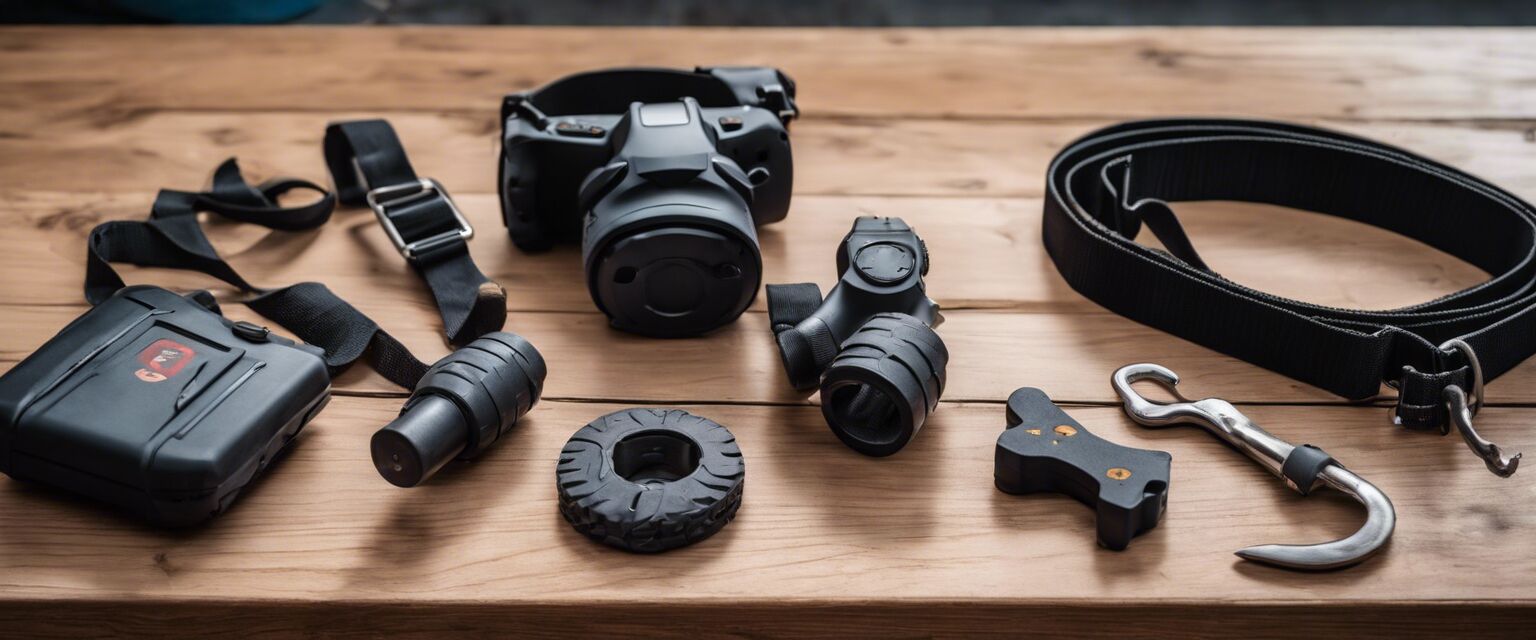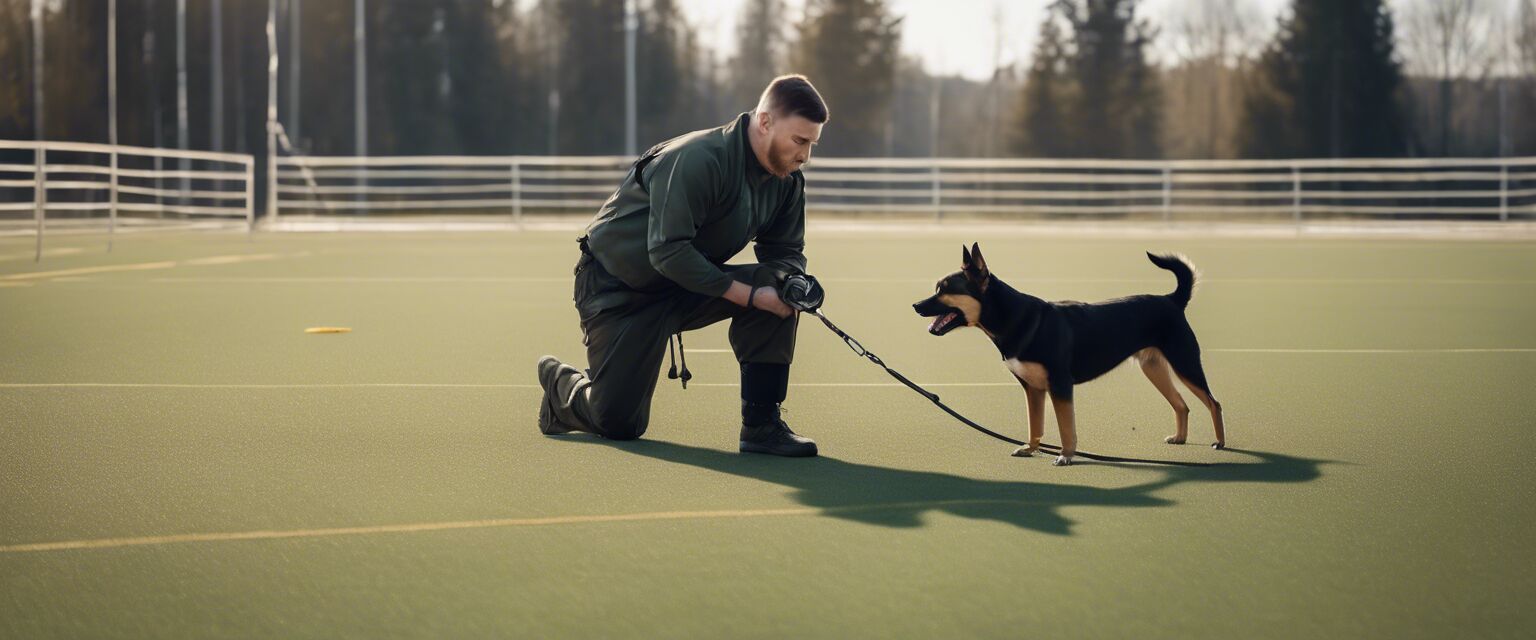
Advanced obedience commands
Key Takeaways
- Advanced obedience commands enhance communication between you and your dog.
- Consistency and patience are essential for successful training.
- Incorporating play can make the training process enjoyable for your dog.
- Use positive reinforcement techniques to encourage good behavior.
Training your dog in advanced obedience commands is not just about teaching tricks; itâs about building trust and enhancing communication between you and your canine companion. This article will guide you through the essential advanced commands, training techniques, and tips to ensure your dog masters these skills effectively.
Understanding advanced commands
Advanced obedience commands go beyond basic commands like "sit," "stay," and "come." They involve complex behaviors that require greater focus and discipline. Here are some popular advanced commands:
- Heel
- Roll over
- Play dead
- Speak
- Fetch
Why train advanced commands?
Training advanced commands can:
- Strengthen your bond with your dog.
- Provide mental stimulation for your pet.
- Enhance your dog's behavior in various situations.

Essential techniques for training
To effectively train your dog in advanced commands, consider the following techniques:
| Technique | Description |
|---|---|
| Positive reinforcement | Reward your dog with treats or praise when they successfully perform a command. |
| Consistency | Use the same commands and signals every time to avoid confusion. |
| Short sessions | Keep training sessions brief (5-10 minutes) to maintain your dog's focus. |
| Patience | Be patient and understanding; every dog learns at their own pace. |
Step-by-step guide to advanced commands
1. Heel
The "heel" command teaches your dog to walk closely beside you. Here's how to train it:
- Start with your dog on a leash.
- Use a treat to guide them to your side.
- Say "heel" and begin walking.
- Reward them when they stay by your side.
2. Roll over
This fun trick is a crowd-pleaser. Here's how to teach it:
- Have your dog lie down.
- Use a treat to encourage them to turn their head.
- Guide them to roll over completely.
- Reward them once they complete the roll.
3. Play dead
This command can be taught in just a few steps:
- Start with your dog in a "down" position.
- Gently roll them onto their side while saying "bang!" or "play dead."
- Reward them for staying still.

Advanced training tools
Using the right tools can significantly enhance your training sessions. Consider the following:
| Tool | Purpose | Benefits |
|---|---|---|
| Clicker | Marks desired behavior | Provides clear communication |
| Training treats | Rewards good behavior | Keeps your dog motivated |
| Leash | Controls movement during training | Ensures safety and focus |
| Interactive toys | Encourages mental stimulation | Keeps your dog engaged and entertained |
Challenges you might face
Training advanced commands can come with its own set of challenges. Here are some common issues:
- Lack of focus
- Distractions from the environment
- Frustration when progress is slow
Tips to overcome training challenges
Beginners Section: Tips for Successful Training
- Choose a quiet location for training.
- Gradually introduce distractions as your dog gets better.
- Be flexible with your training methods; adapt to your dog's learning style.
Conclusion
Training your dog in advanced obedience commands not only enhances their skills but also strengthens the bond between you and your furry friend. Remember to use positive reinforcement, be patient, and have fun with the process. With dedication and practice, your dog will be impressively well-trained in no time!
Pros
- Improves communication between dog and owner.
- Enhances the dog's mental stimulation.
- Provides structured playtime for your dog.
Cons
- Requires time and patience for effective training.
- Can be challenging for some dogs to master.







